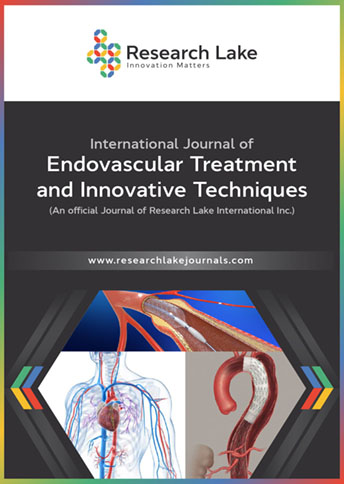Trends in Pancreatic Cancer Related Mortality: A Retrospective Analysis using CDC WONDER Database
Abstract
Background: Pancreatic cancer is 8th most prevalent cancer in the United States with a very high mortality rate. Understanding the epidemiology of Pancreatic cancer is important in identifying the causes and developing preventive strategies.
Methodology: Data from the death certificates spanning from 1999-2020, sourced from CDC WONDER (Centers for Disease Control and Prevention Wide-Ranging Online Data for Epidemiologic Research) was analyzed. To quantify national annual trends in pancreatic cancer-related mortality, the Joinpoint Regression Program was used to determine the annual percent change (APC) with 95% CI in age-adjusted mortality rates (AAMRs) per 100,000 people for all ages stratified by year, gender and regions.
Results: Pancreatic neoplasm claimed about 847,589 lives across all age groups in the US from 1999-2000. The AAMR for pancreatic cancer peaked at 2020 with 11.7 [APC 0.2275 95% CI: 11.6-11.8]. The AAMR for pancreatic cancer-related deaths was 11(95%CI: 10.9=11.1) in 2003 and it increased to 11.3(95%CI: 11.2-11.3) in 2006 (APC 0.87* 95%CI: 11.2-11.4). Men had consistently higher AAMRs than women across all age groups throughout the study period of 1999-2000 (overall AAMR men: 13.2 (95% CI: 13.1-13.2); overall AAMR women: 9.9 (95% CI: 9.9-10)). Geographically; the lowest mortality was displayed by the Western regions (AAMR 10.5, 95% CI: 10.2-10.7), followed by Southern (AAMR 11.1, 95%CI: 10.9-11.4), followed by Midwestern (AAMR 11.7, 95%CI: 10.9 -11.4), followed by Northeast region (AAMR 11.9, 95%CI: 11.6-12.1).
Conclusion: We observed an overall annual increase in mortality trends related to pancreatic cancer especially in men and certain regions like Northeast region of the United States. These results emphasize the immediate necessity for a comprehensive strategy to address this lethal illness, encompassing breakthroughs in medical research, focused public health initiatives, and extensive governmental reforms.
Copyright (c) 2024 Nikhil Duseja, Kanz Ul Eman Maryam, Ghufran Azam, Muhammad Uzair, Danish Ali Ashraf, Sheheryer Ibrahim, Fatima kaleem Ahmed, Inzamam ul Haq, Sabah Rizvi, Aiman Murtaza, Warda Mushtaq Khosa, Ali Raza, Hasnain Farhan, Maha Mushtaq Khosa

This work is licensed under a Creative Commons Attribution-NonCommercial 4.0 International License.
Copyright © by the authors; licensee Research Lake International Inc., Canada. This article is an open access article distributed under the terms and Creative Commons Attribution Non-Commercial License (CC BY-NC) (http://creativecommons.org/licenses/by-nc/4.0/).











